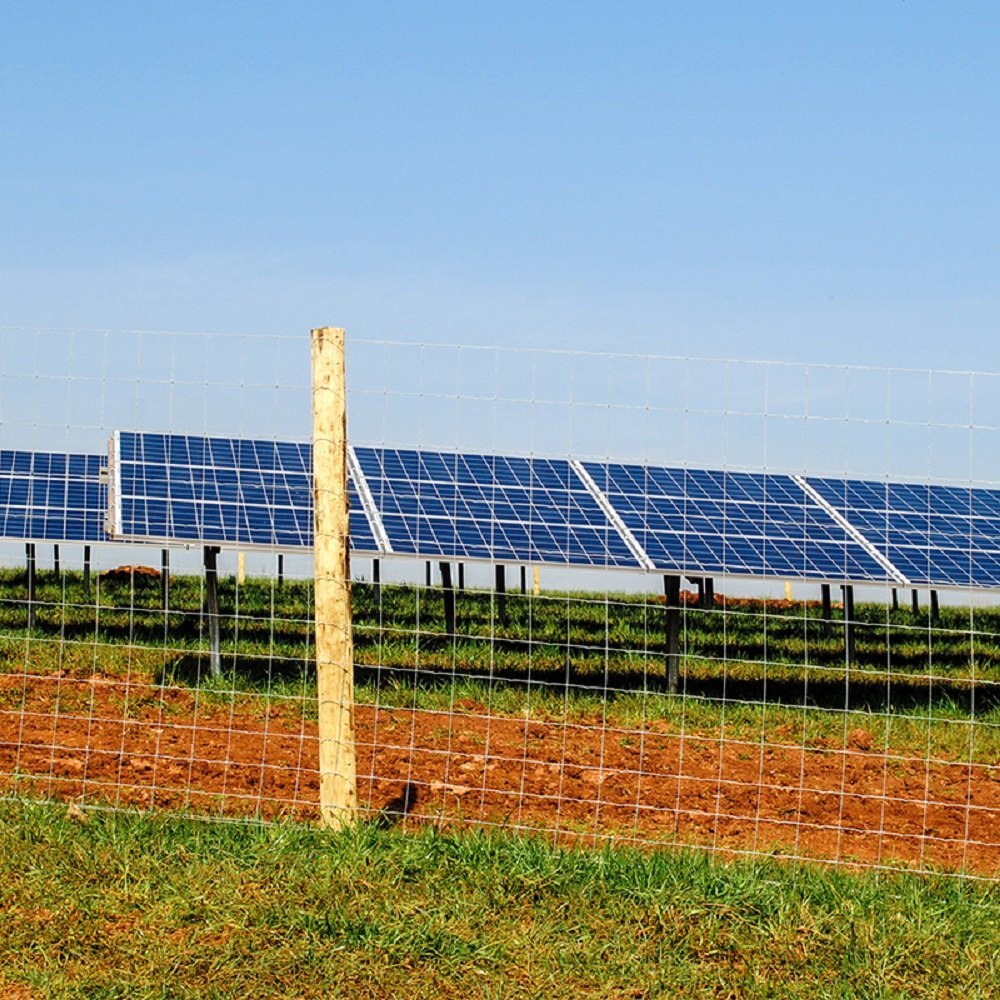Solar Fencing

Solar Panels:
These panels are installed on top of the fence or nearby structures to capture sunlight and convert it into electrical energy. The solar panels are made up of photovoltaic cells that generate direct current (DC) electricity.
Battery
The solar energy generated by the panels is stored in a battery for later use, especially during nighttime or when sunlight is insufficient. The battery ensures continuous operation of the fencing system even in the absence of sunlight.
Energizer or Controller
The energizer or controller is the main unit that regulates the flow of electricity through the fencing system. It converts the DC electricity from the battery into high-voltage pulses or shocks, which are delivered to the wires or conductors of the fence.
Wires and Conductors:
The solar fencing system includes wires or conductors that carry the electric pulses. These wires are usually made of stainless steel or galvanized materials and are mounted on insulators attached to the fence posts.
Insulators:
Insulators are used to isolate the electric wires from the fence posts to prevent the electric pulses from being grounded. They are made of non-conductive materials like plastic or ceramic.
Warning Signs:
Solar fencing systems often include warning signs or indicators to alert people about the presence of an electrified fence. These signs serve as a safety measure to prevent accidental contact with the fence.
Solar fencing works by delivering a short but powerful electric shock to anyone or anything that comes into contact with the electrified wires. The shock is usually safe but can deter intruders or keep animals from crossing the fence.
One of the advantages of solar fencing is its reliance on renewable energy, making it an environmentally friendly option. It also offers flexibility in terms of installation locations, as it does not require a direct connection to the electrical grid. However, it’s important to ensure proper installation and maintenance to maximize its effectiveness and longevity.
